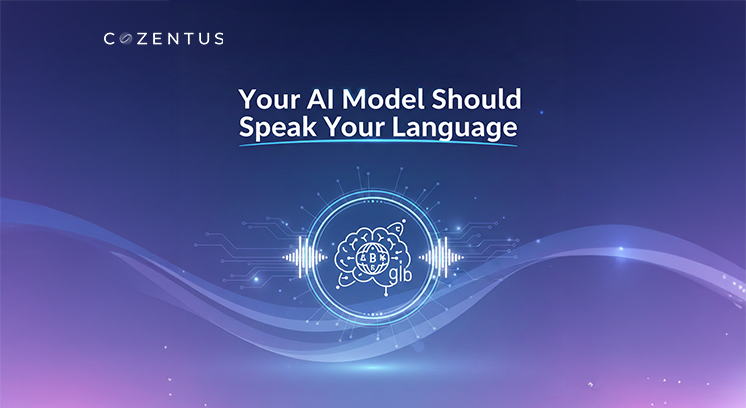There has been an explosion of data in recent years.
Businesses may now collect more data than ever before. It is owing to technological advancements which have enabled enterprises to follow and gather data on everything from consumer behaviour to staff efficiency through supply chain management software.
With so much data being produced, organisations are looking to artificial intelligence (artificial intelligence for supply chain), machine learning (ML), and data science for supply chain forecasts to help them make sense of it all and discover methods to use it.
The Intersection of Artificial Intelligence and Big Data
Knowing how AI services and big data work together to provide extraordinary insight for organisations begins with understanding how the two are connected. While big data necessitates AI for analysis, artificial intelligence for supply chain necessitates big data to learn and improve decision-making processes and patterns. As a result, by taking advantage of powerful analytic capabilities and obtaining actionable insights, valuable information like demand planning in supply chain from big data volumes becomes simple.
Aside from the synergistic connection, big data and artificial intelligence are related via study. AI methodologies and ideas are used in big data technologies. On the other hand, in order to grow and increase decision-making skills, artificial intelligence for the supply chain needs enormous volumes of data and big data-supporting technology.
You can have data with information but not information without data, and AI allows you to get the most out of massive data.
AI, machine learning in supply chain, and data science for supply chain forecast can help enhance a wide range of company processes, from marketing and sales to operations and customer support.
How AI Interacts with Big Data
Businesses gather client data to get useful insights for future development and success. AI specialists' solutions may bring value to customers at every stage of the big data process, including data management tasks like aggregation, storage, and retrieval. Given this, it is useful in data management, context management, pattern management, decision management, action management, and goal management.
The three primary methods in which AI leverages large data are listed below
Recognition of Patterns
AI can identify patterns that the human eye cannot. It sifts through large data analytics to detect trends across time and homogeneous groupings. The pattern recognition function of AI is one of its most significant features, allowing the pair to perform well as it filters the input.
Anomalies Detection and Exclusion
AI and big data collaborate to eliminate anomalies and unique qualities in typical data. As AI analyses large data and recognises patterns, it becomes simpler to identify various data bits or features, allowing any data abnormalities to be eliminated.
Developing Algorithms
When big data analytics capture and store data, AI utilises the knowledge to construct algorithms. AI can successfully identify and build algorithms that it uses to discriminate data using pattern recognition and anomaly negation without the need for fresh instructions.
Businesses can employ AI, machine learning in supply chain, and data science in supply chain management to enhance their operations in a variety of ways, including:
- Automating repetitive chores:
Many workers must do repetitive and time-consuming duties on a regular basis. AI may be used to automate these sorts of operations, freeing up people to undertake more critical or human-interactive jobs.
- Process optimisation:
Data science may be used to assess business processes and suggest strategies to improve them. It might range from boosting customer service to increasing manufacturing efficiency.
- Improved decision-making:
AI may be used to collect and evaluate data to assist organisations in making better choices. The decision can range from deciding what products to carry to where to build new stores.
- Improving customer service:
Businesses can utilise AI to improve customer service by offering automated customer help or tailored suggestions.
- Cost reduction:
AI can assist organisations in various ways, such as automating jobs that would otherwise be done manually or discovering methods to simplify procedures.
Bottom Line
Combining AI and big data is critical in today's fast-paced digital landscape. Because the two technologies are involved in data collecting and analytics, they can and have generated algorithms that allow for better and more effective data analysis.
Companies have gotten quite adept at gathering data, yet this data often needs more utilisation. If used correctly, this data may be a treasure mine of insightful insights. This is when Cozentus enters the picture. We are professionals in transforming data into insights by utilising cutting-edge AI, ML, and data science methodologies.
Recent Post
Subscribe to our newsletter
Stay updated on latest trends and news in the supply chain and logistics industry








